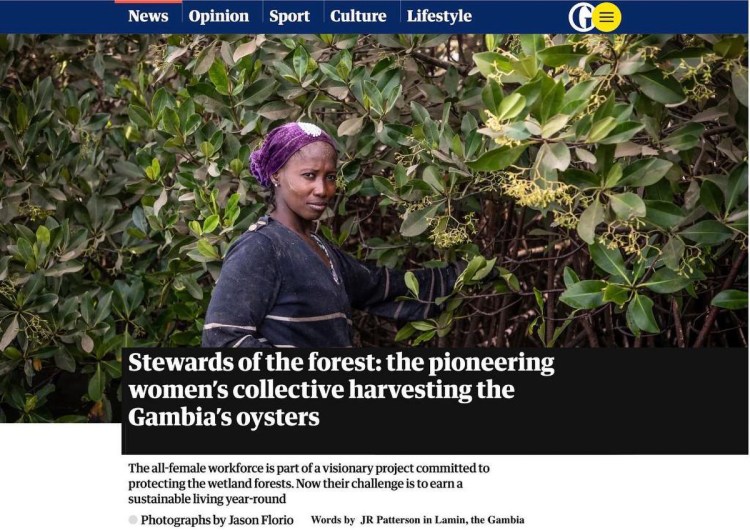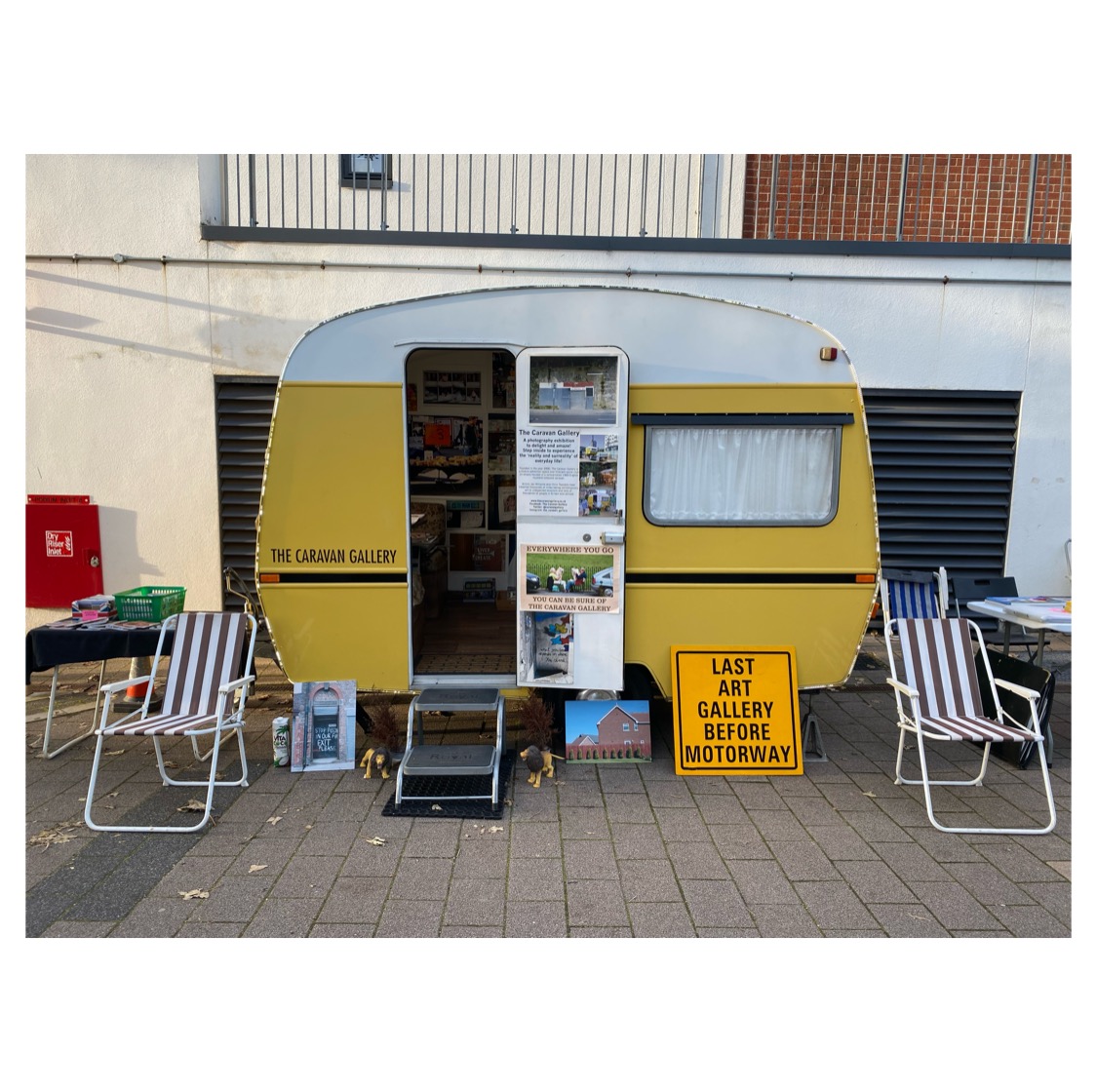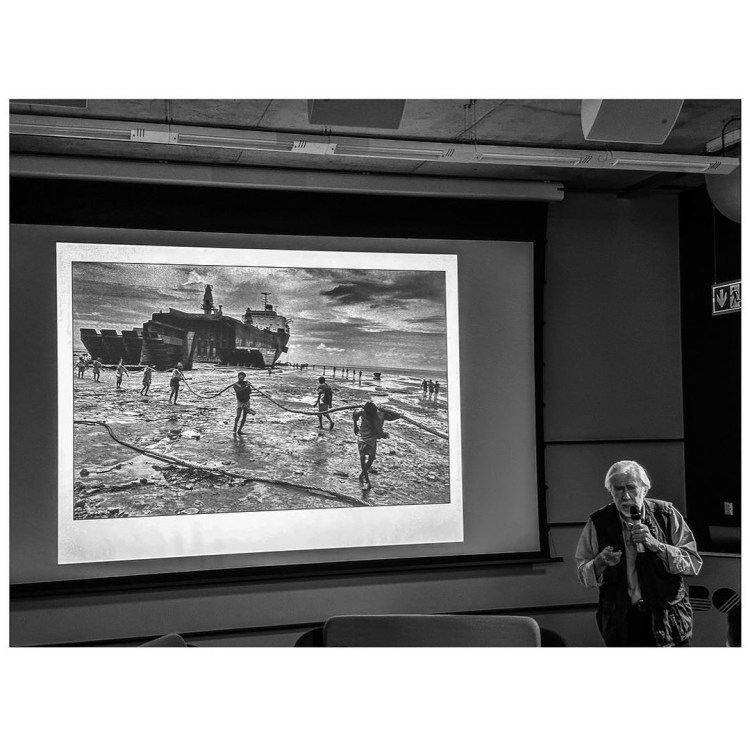Photo prints | The (un)mundane – doors & storefronts ©Helen Jones-Florio. Collected over many years of living in various countries, such as The Gambia, West Africa, and the small Mediterranean island of Malta.

Take the challenge! “PHOTOGRAPH A DOOR WITH A TWIST” Assignment Brief, November 2023 by Helen Jones-Florio for the Photowalk Show

please visit my IG Gallery to see more
@doors_helenjonesflorio
Related post: Elizabeth Avedon Blog: Helen Jones-Florio Doors and Storefronts, The Gambia + Malta
@doors_helenjonesflorio
For assignment queries – Contact photography prints, and image licensing








